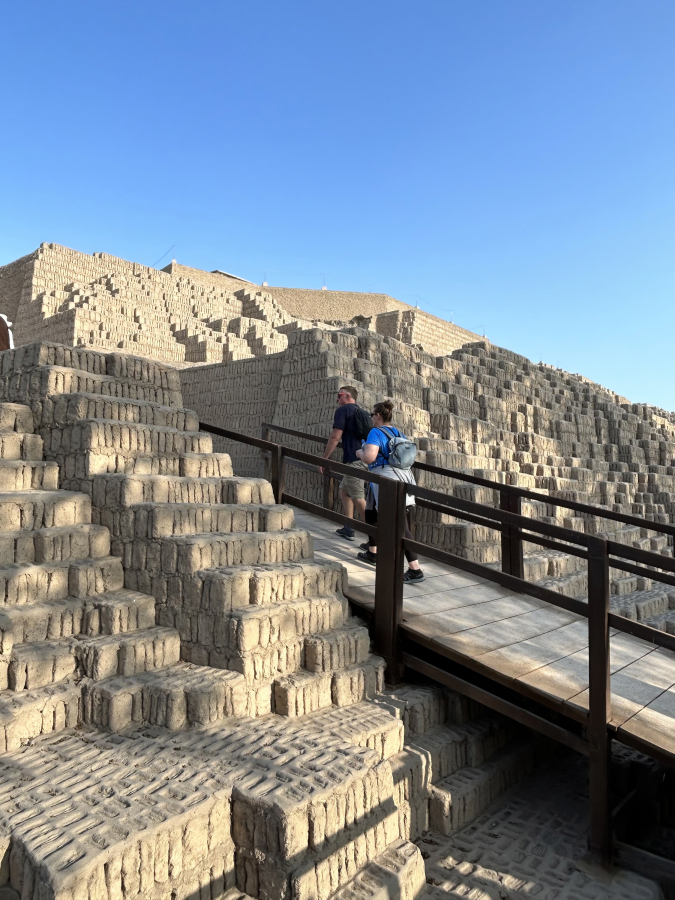Hiking wasn’t my primary concern when I RSVPed to a destination wedding in an architecturally stunning town in central Mexico.
Sipping margaritas and strolling romantic cobblestone streets sprang to mind — as well as the thrill of witnessing an old friend’s major milestone.
San Miguel de Allende instantly charmed me with its friendly aura and glorious colonial buildings. I swooned at the sight of carved stone features and stately door knockers — one in the shape of an ear of corn. My heart leapt when my friend, Times reporter Andrew Campa, said “I do” in a perfectly pink Catholic church that doubles as the town’s iconic landmark. My partner Emanuel and I feasted, visually and literally. But on our third day, itching for movement — and insight into what lay beyond the crowded main square — we abandoned the vacay vibes and set out to hike a route listed on the All Trails app.
The grip of tourist trappings quickly melted away. We trekked through a small hamlet, then up long, dusty roads, past ranches and a monastery. A turnoff took us on to a dirt trail that hugged a dry stream bed before winding through a settlement. Earlier that day, I wondered if it was absurd to spend hours hiking in a destination known for its urban delights. Now I longed to venture deep into the wild hills. Without enough time to complete the whole route — a loop of 16 miles — we turned around after two hours.



